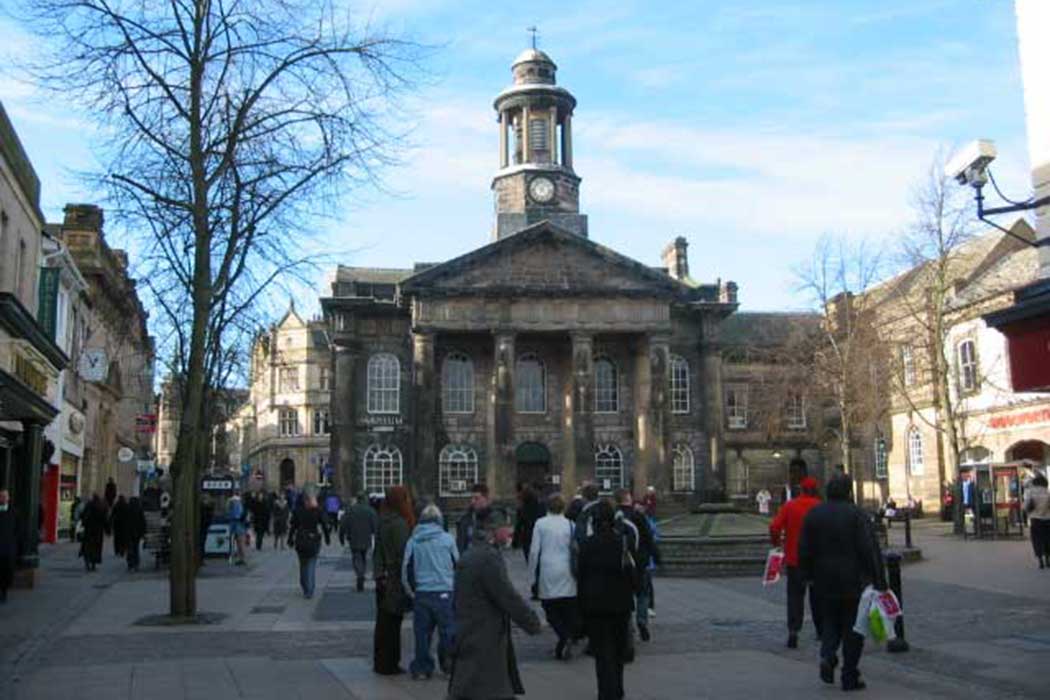Lancaster City Museum offers visitors an insight into the history and heritage of this northern city. The museum highlights the city’s past, from Roman times to its development as a commercial hub.
The museum building, constructed in 1783, originally served as Lancaster’s town hall. Its classical architecture reflects the city’s prosperity during the 18th century. In 1923, the building transitioned into a museum, preserving and showcasing Lancaster’s history. The museum plays an important role in documenting the city’s Roman roots, maritime connections and industrial past.
Lancaster’s historical significance extends beyond its Roman heritage. The city developed as a major port in the 18th and 19th centuries, with links to the transatlantic slave trade and the cotton industry. The museum addresses these aspects, providing a comprehensive look at Lancaster’s complex history.

What to see at the Lancaster City Museum
Visitors can expect a range of exhibits covering different periods of Lancaster’s history. The Roman collection includes artefacts from the ancient fort that once stood in the city, with displays of pottery, coins and military equipment.
The museum also features exhibits on Lancaster’s maritime past, highlighting the city’s role as a port. Items on display include ship models, navigational tools and documents related to the shipping industry. The Transatlantic Slave Trade is addressed through exhibits that explore Lancaster’s involvement and the impact on local and global communities.
Another key feature is the King’s Own Royal Regiment Museum, located within Lancaster City Museum. It showcases the regiment’s history from its formation in 1680 to modern times, with displays of uniforms, weapons and personal stories from soldiers.
Temporary exhibitions
In addition to its permanent collection, the Lancaster City Museum hosts a programme of temporary exhibitions. Current and planned exhibitions include:
Belle & Mary: The No. 2 Dalton Street Murders
This small exhibition (until 31 December 2025) marks 90 years since Dr Buck Ruxton murdered Isabella Ruxton and Mary Rogerson in September 1935. The exhibition focuses on the two victims, using objects from the museum’s collection to explore their lives and the events that led to their deaths. The display presents a local story shaped by jealousy, fear and violence.
Visiting the Lancaster City Museum
Lancaster City Museum is on Market Square in the city centre. Most other points of interest, including Lancaster Castle and the Maritime Museum, are no more than a 5–10-minute walk from here.
The museum is open five days per week (every day except Wednesday and Thursday)
Allow 1–2 hours for your visit.


There are no comments yet.